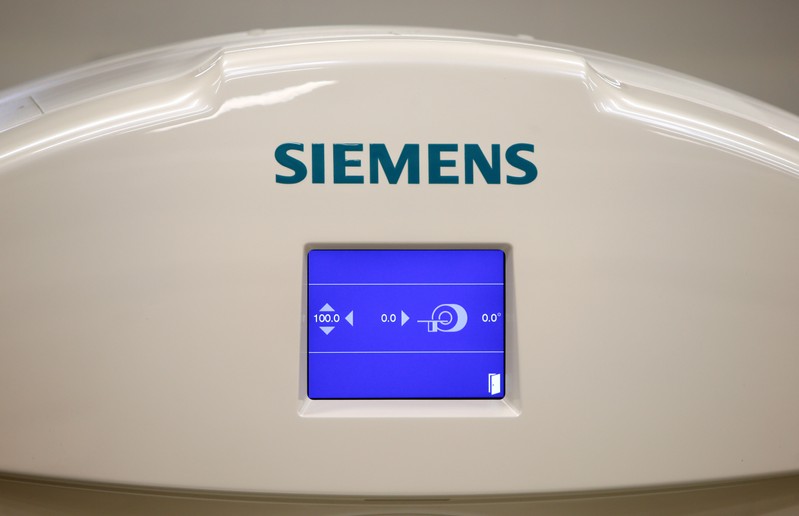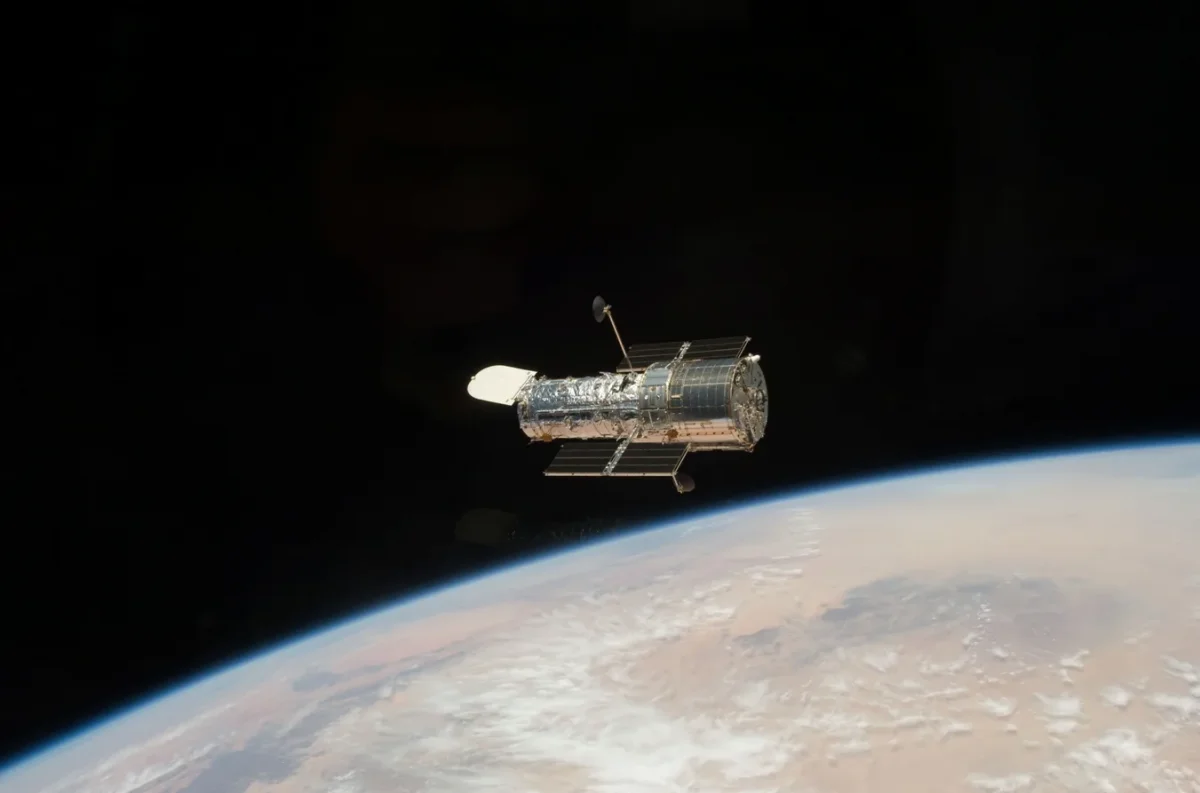Tokyo/Washington (dpa) – As of Friday evening, Japan had succeeded in its planned soft landing on the moon – but there were problems with power supplies. It was said in a press conference with experts from the Japanese space agency JAXA that the solar panel does not provide any electricity.
The SLIM (Smart Lander for Investing Moon) lander is still communicating with the ground station and receiving data. The battery capacity is expected to last for a few hours, so you should get as much data as possible.
If the soft landing situation continues, Japan will be the fifth country to achieve a soft landing on an Earth satellite after the former Soviet Union, the United States of America, China and India.
It was said in the evening that other results could only be expected through new evaluations. As it is, the solar panel is not damaged. At first it remained unclear whether there was unfavorable alignment or other problems. Likewise, whether there is a solution and whether the panel can save electricity soon. It was also not possible to determine whether the drone landing occurred as planned in the 100 meter zone.
The Shaheen mission is repeated.
Last April, a private Japanese company failed in a similar mission. The reason given by Ispace was an incorrect altitude calculation for the lander.
About ten days ago, the American company Astrobotic failed to successfully send up the Peregrine lander. The American mission started successfully, but then problems occurred with the propulsion system. Engineers were able to temporarily stabilize the capsule, but the goal of landing on the moon had to be abandoned. Astrobotic President John Thornton said in a press conference that the valve may not have worked properly. This will be the first private landing on the moon.
After consulting with NASA, among others, Astrobotic decided to allow the capsule to crash in a controlled manner on Thursday — among other things to avoid the risk of space debris flying out of control, Thornton said. As expected, contact with the capsule was lost on Thursday around 10pm CET. This indicates that the capsule crashed in a controlled manner over the South Pacific Ocean as planned and burned up in the Earth's atmosphere. There is now independent confirmation of this.
Astrobotic wants to start the next experiment at the end of the year: the Griffin lander should then be sent to the Moon, including with NASA's rover on board. The launch is currently scheduled for November, but issues related to Peregrine still need to be thoroughly investigated beforehand.
“SLIM” has been on the road since September
The Japanese SLIM lander launched to the moon from Japan's Tanegashima Spaceport last September aboard the H2A carrier rocket. The Japanese space agency JAXA hoped that the successful precise landing of the 2.4-meter probe would lead to the transition from the era of “landing where we can” to the era of “landing where we want.”
SLIM's precise landing capability and information on lunar surface properties will be used in future lunar missions, for example as part of the US-led Artemis programme. NASA wants to return humans to the moon again after more than 50 years, although the Artemis 3 lunar landing mission was postponed to September 2026 just last week.
Experts attribute the problems of today's moon landings, among other things, to the fact that much knowledge has been lost since the missions in the late 1960s and early 1970s. Ulrich Walter, a professor of space technology at the Technical University of Munich and a former astronaut, recently explained that the researchers and engineers involved at the time are now too old or have died and can no longer contribute their knowledge. “We're starting from scratch these days.”
Lunar modules are now equipped with much more software than before. This has advantages, for example flight maneuvers can be adjusted automatically. On the other hand, software is also prone to errors. “I estimate that about half of the failed lunar landings in recent years were due to software glitches,” Walter said.
Japan wants to become an indispensable partner
Walter says China and India in particular have benefited from the fact that they have been continuously developing their spaceflights for decades. According to the Chinese government's plans, Chinese citizens should stand on the moon by 2030. If there are further delays in the Artemis program, it is not unlikely that they will wander there sooner than the first new American astronauts to walk on the surface of the moon.
According to Japanese business newspaper Nikkei Asia, tasks associated with SLIM include a joint project with India to explore water resources in the polar regions in 2025. In addition, automobile giant Toyota Motor Corporation and Mitsubishi Heavy Industries (MHI) are developing a vehicle A rover for use by astronauts on the moon. The two companies are expected to begin developing the model this year, which is scheduled to be launched in 2029.
Unlike the United States, India or China, Japan does not have the financial capabilities to carry out large space missions on its own, according to the Nikkei Asia newspaper. Therefore, Japan's strategy is to develop technologies and become an indispensable partner.
© dpa-infocom, dpa:240119-99-678640/7

“Alcohol buff. Troublemaker. Introvert. Student. Social media lover. Web ninja. Bacon fan. Reader.”







More Stories
Hypoallergenic sunscreens for allergy sufferers
Tackling coronavirus in China: Punishment instead of science
Animals: They feel that this has consequences for the handling and conservation of animals